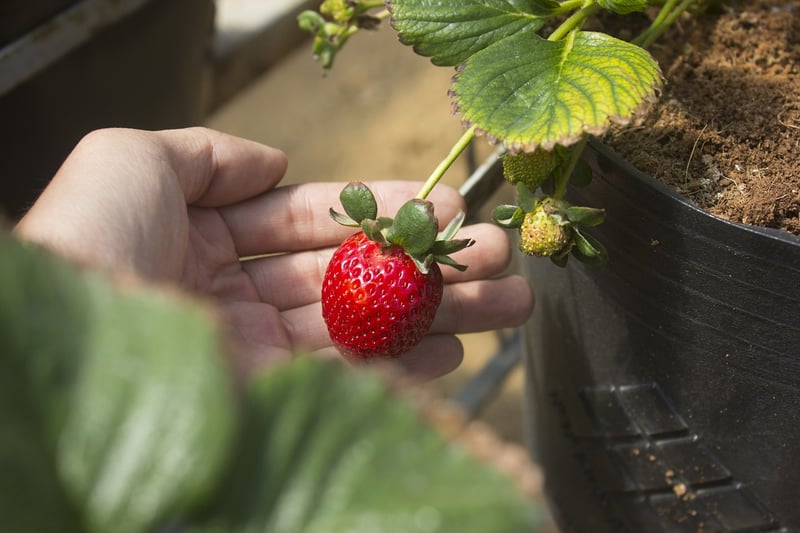Light Requirements
Essential Care Tips for Your Indoor Plants
Light Requirements
Proper light exposure is crucial for the health and growth of indoor plants. Different plants have varying light requirements, so it's essential to understand the needs of each species you have in your home.
Types of Light
There are three main categories of light that indoor plants need:
- Direct Light: Some plants require direct sunlight for several hours each day. Place these plants near a south-facing window where they can receive ample sunlight.
- Indirect Light: Plants that thrive in indirect light can be placed in areas where they receive filtered light or are a few feet away from a window.
- Low Light: Plants that can survive in low light conditions are suitable for rooms with minimal natural light, such as bathrooms or offices with fluorescent lighting.
Signs of Incorrect Light Exposure
Improper light exposure can lead to various issues in indoor plants. Look out for these signs to determine if your plants are getting the right amount of light:
- Yellowing or browning of leaves
- Stunted growth
- Leggy or stretching stems
- Leaves turning pale or dropping prematurely
Adjusting Light Levels
If you notice signs of incorrect light exposure, consider these adjustments:
- Move plants closer to or further from a window based on their light requirements
- Rotate plants regularly to ensure even light distribution on all sides
- Supplement natural light with artificial grow lights, especially in low-light settings

By understanding the light requirements of your indoor plants and providing them with the proper exposure, you can help them thrive and beautify your living space.
Remember to research the specific light needs of each plant species you own and tailor your care routine accordingly to ensure their well-being.
